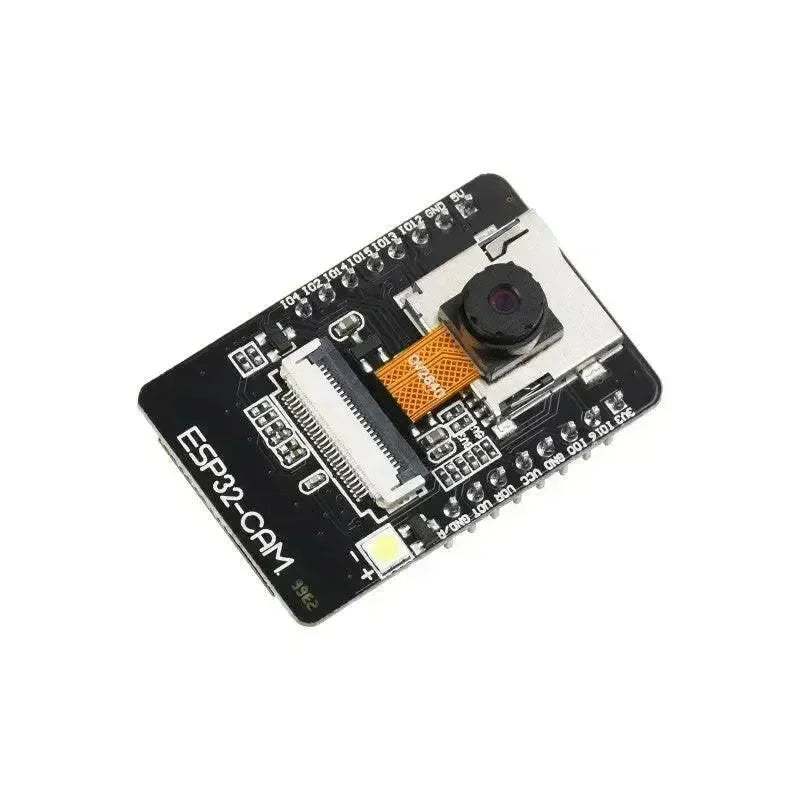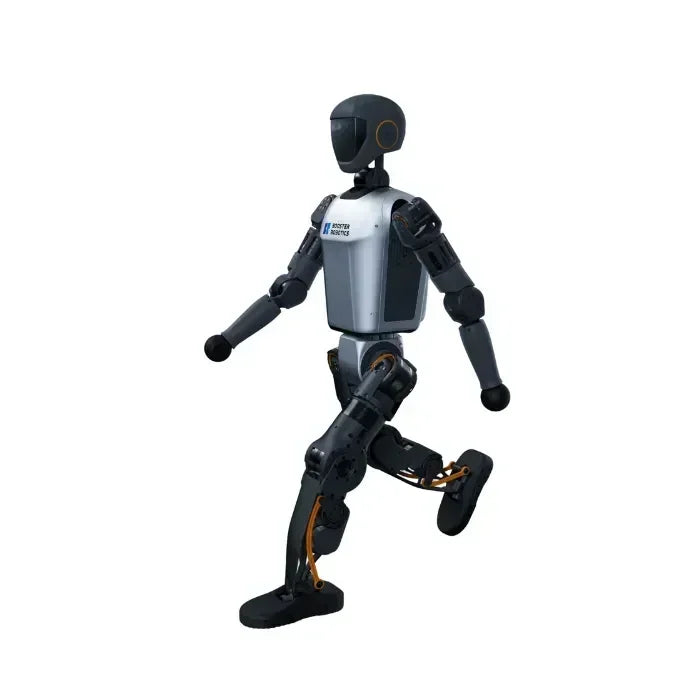Guide de calibration BU03-Kit UWB : Amélioration de la précision de distance avec les commandes AT et l'ajustement linéaire
🔍 Qu'est-ce que le BU03 et qu'est-ce que l'UWB ?
BU03-Kit est un module de développement UWB (Ultra-Wideband) créé ...
 Carte de développement
Carte de développement
 Afficher
Afficher
 Sans fil et IoT
Sans fil et IoT
 Caméra
Caméra
 Caméra Edge AI
Caméra Edge AI
 Appareil photo général
Appareil photo général
 Caméra intégrée
Caméra intégrée
 Profondeur et caméra LiDAR
Profondeur et caméra LiDAR
 Accessoire pour appareil photo
Accessoire pour appareil photo
 Pouvoir
Pouvoir
 DIRIGÉ
DIRIGÉ
 Geek
Geek
Obtenez les dernières informations sur nos produits et offres spéciales.
Bureau de Munich : Zeppelinstraße 33, 85748, Garching bei München, Allemagne
Bureau de Long Beach : 2165 Cedar Ave, Long Beach 90806, Californie, États-Unis
Bureau de Shenzhen : Creative City A7-1307, district de Nanshan, Shenzhen, Chine
Email : info@openelab.io
Téléphone : +49 155 61896199
Vous pouvez consulter tous les produits disponibles et en acheter dans la boutique
Retour à la boutique Carte de développement
Carte de développement
 Afficher
Afficher
 Sans fil et IoT
Sans fil et IoT
 Caméra
Caméra
 Caméra Edge AI
Caméra Edge AI
 Appareil photo général
Appareil photo général
 Caméra intégrée
Caméra intégrée
 Profondeur et caméra LiDAR
Profondeur et caméra LiDAR
 Accessoire pour appareil photo
Accessoire pour appareil photo
 Pouvoir
Pouvoir
 DIRIGÉ
DIRIGÉ
 Geek
Geek








